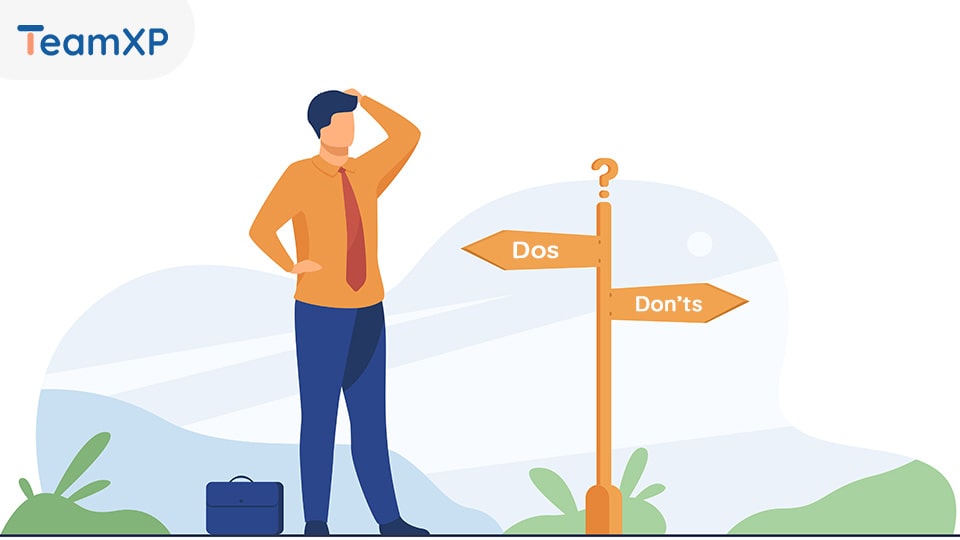Employee recognition is a powerful tool that can help organizations improve employee morale, engagement, and productivity. By recognizing employees for their hard work and accomplishments, organizations can create a positive work environment where employees feel valued and appreciated.
There are many different ways to recognize employees, and the best approach will vary depending on the organization’s culture and values. However, there are some general strategies that can be effective in any workplace.
Here are five effective strategies for employee recognition in the workplace:
Be specific and timely
When recognizing employees, it is important to be specific about what they did that deserves recognition. Don’t just say “good job.” Instead, say something like, “I really appreciate the way you went above and beyond to help that customer.” It is also important to be timely with your recognition. Don’t wait until the end of the year to recognize employees for their accomplishments. Recognize them as soon as possible after they do something great.
Make it personal
Employee recognition should be personal and meaningful. Don’t just send a mass email to everyone in the company. Take the time to write a personal note or give a verbal compliment to the employee you’re recognizing. This will show that you really appreciate their efforts.
Get everyone involved
Employee recognition should not just come from managers. It is important to get everyone in the organization involved in recognizing each other. This can be done by creating a culture of peer-to-peer recognition. For example, organizations can create a recognition program where employees can nominate each other for awards or prizes.
Use a variety of recognition methods
There are many different ways to recognize employees. Some common methods include:
- Public recognition, such as giving an employee a shout-out in a meeting or posting their picture on the company’s website.
- Private recognition, such as giving an employee a handwritten note or taking them out to lunch.
- Material rewards, such as gift cards, bonuses, or paid time off.
- Non-material rewards, such as public praise, opportunities for advancement, or simply saying “thank you.”
Measure the results
It is important to measure the results of your employee recognition program. This will help you to determine what is working and what is not. You can measure the results of your program by tracking employee morale, engagement, and productivity.
By following these five strategies, organizations can create a culture of recognition that will benefit everyone involved. Employee recognition is a powerful tool that can help organizations improve their bottom line.
Here are some additional tips for effective employee recognition:
- Make recognition a part of your company culture.
- Tailor your recognition program to your company’s values.
- Recognize employees for their individual contributions, as well as their team contributions.
- Be consistent with your recognition.
- Recognize employees in a variety of ways.
- Make recognition fun and engaging.
By following these tips, you can create a culture of recognition that will make your employees feel valued and appreciated.





